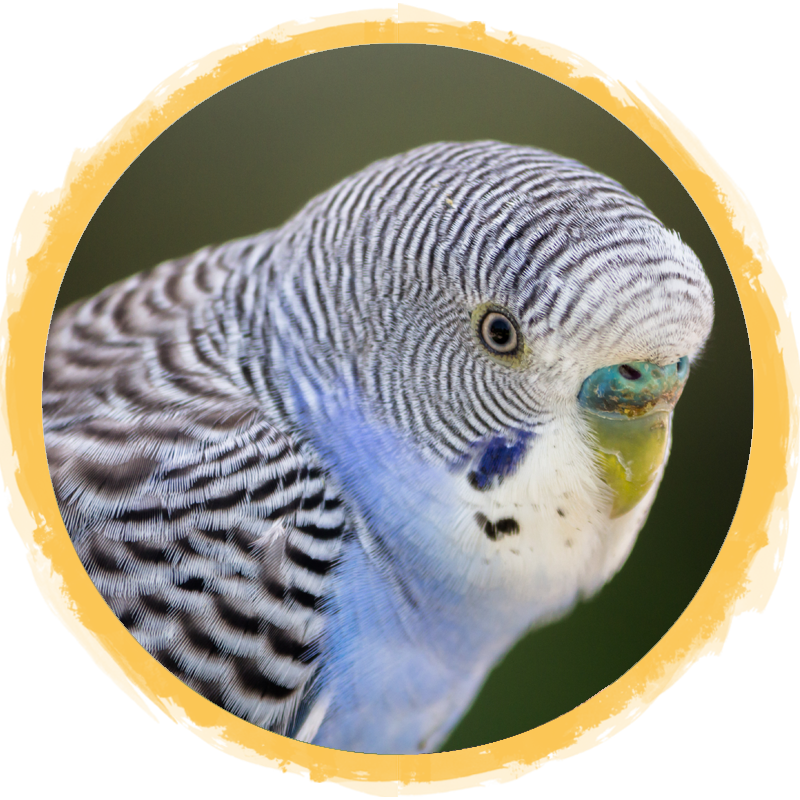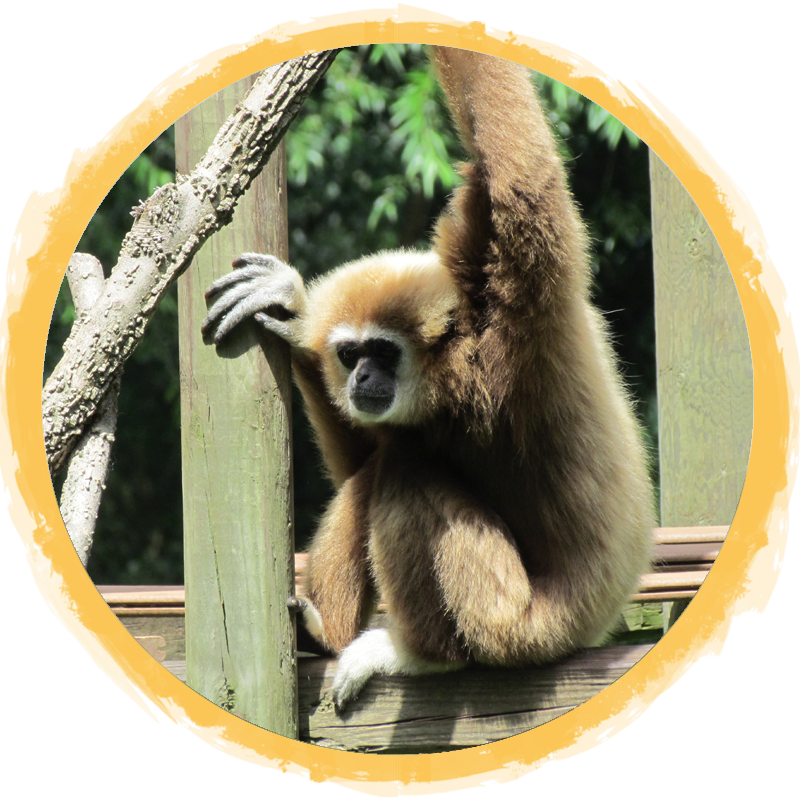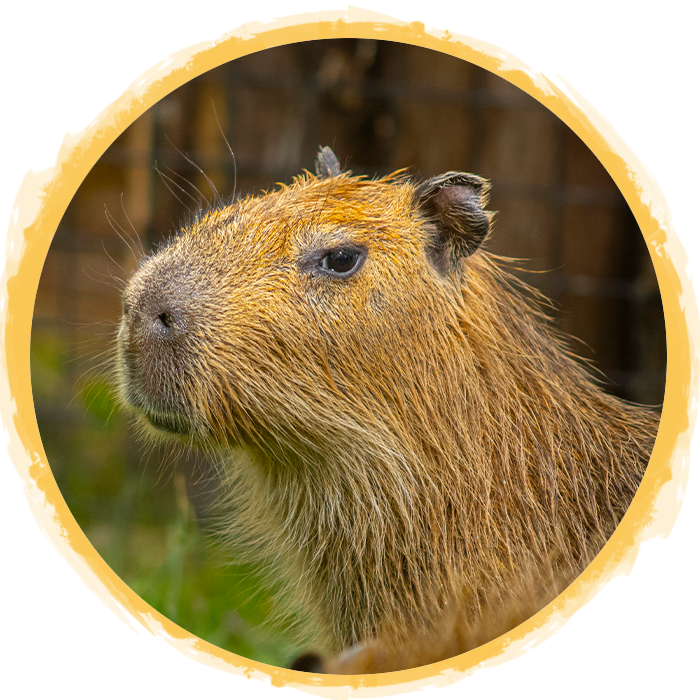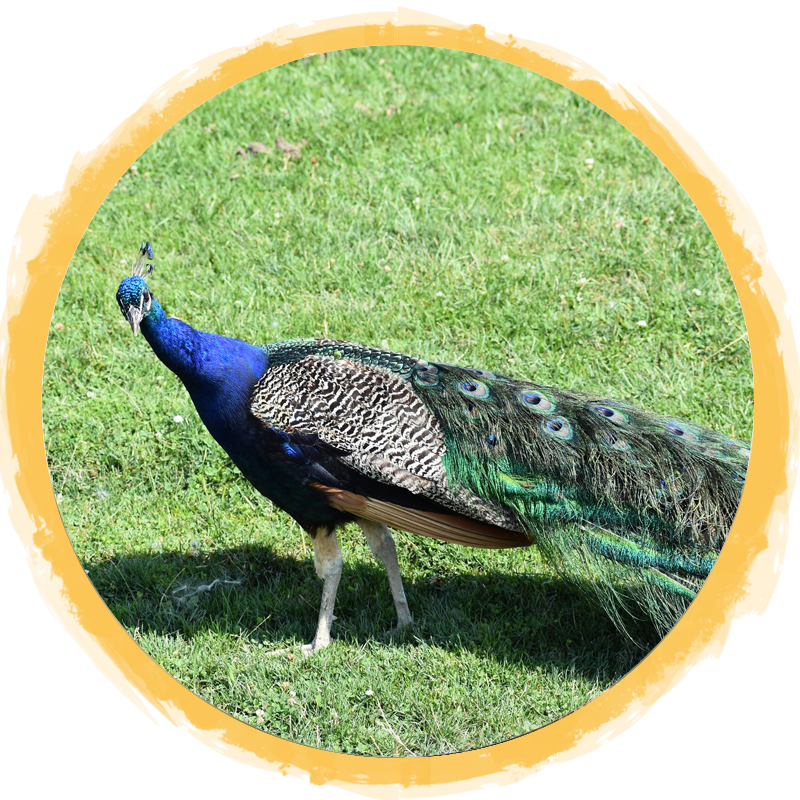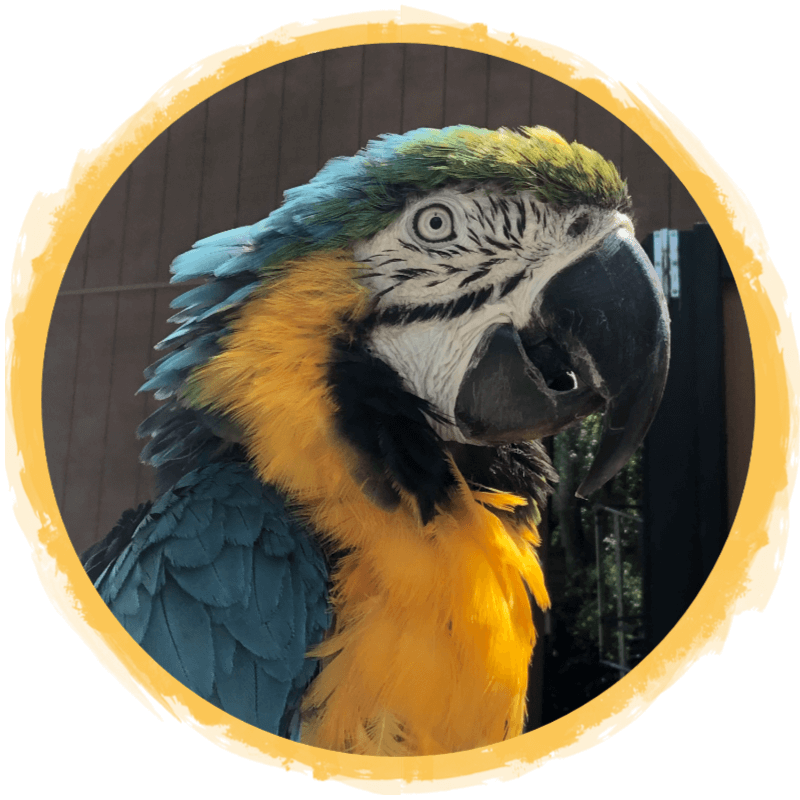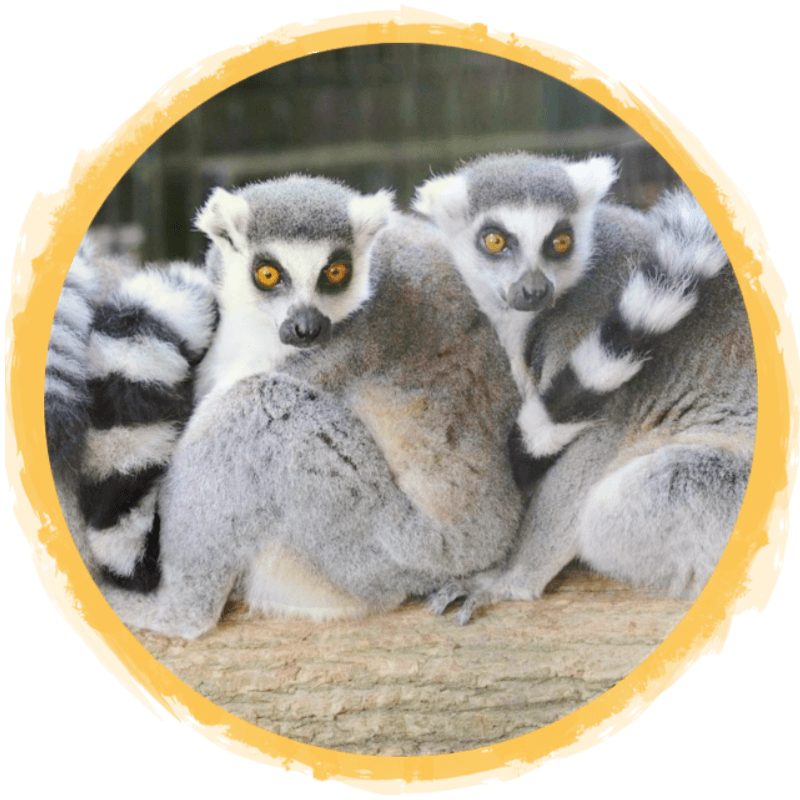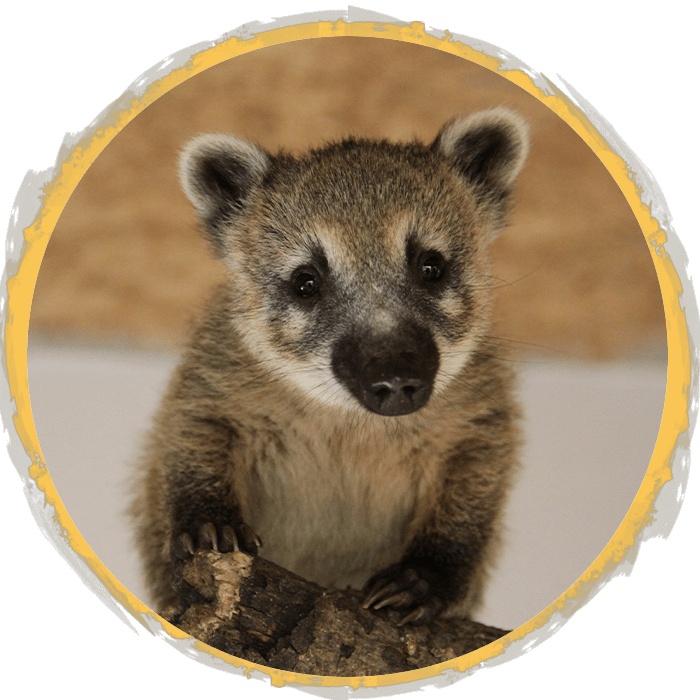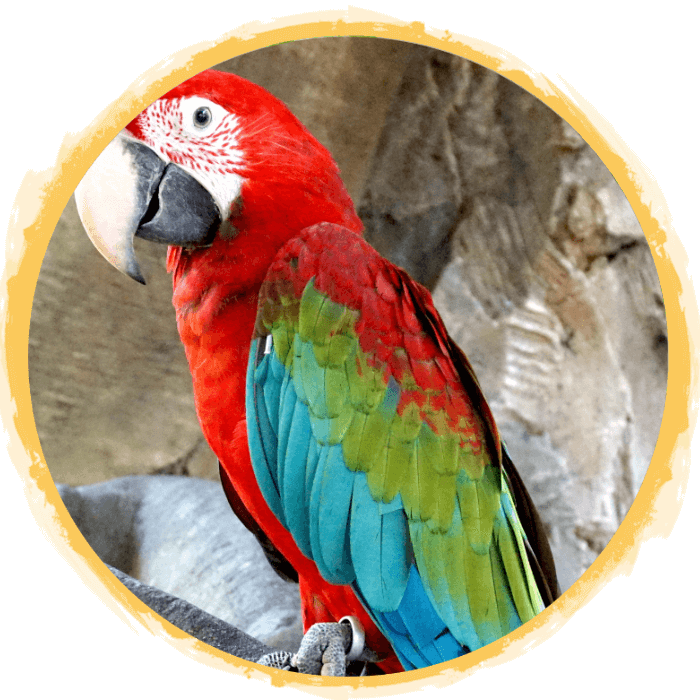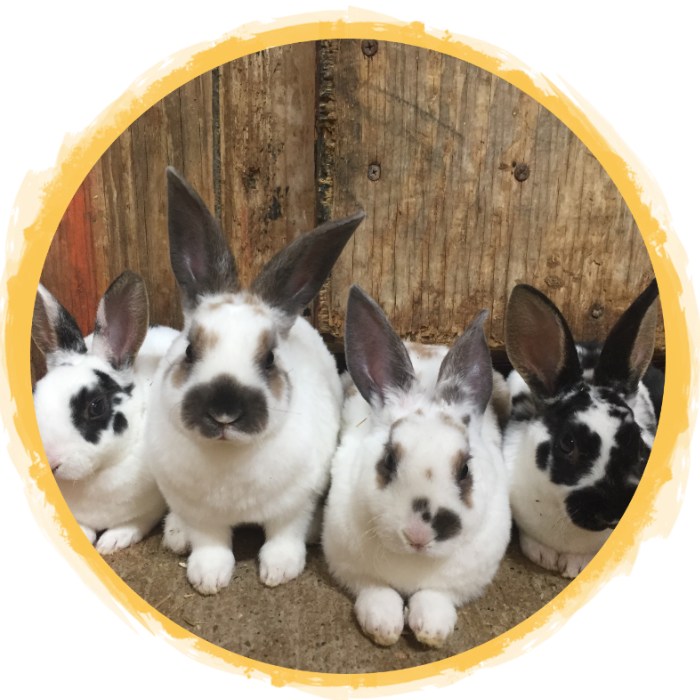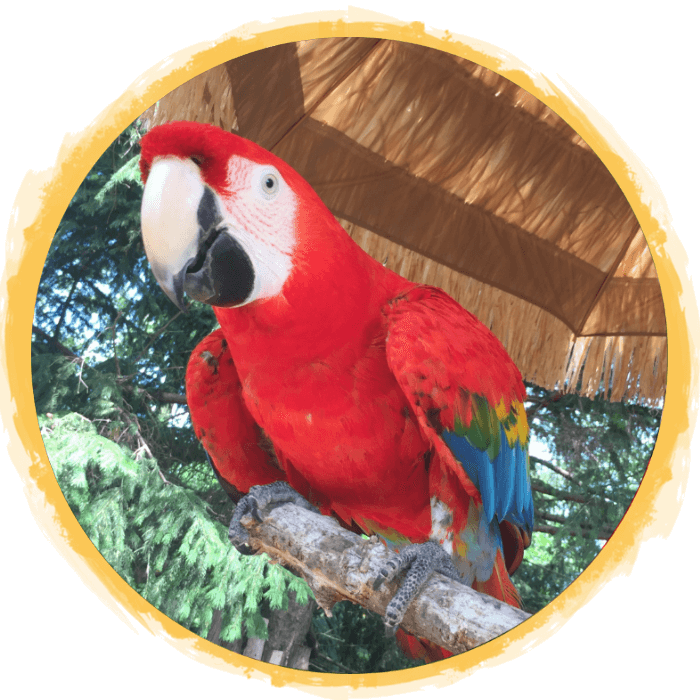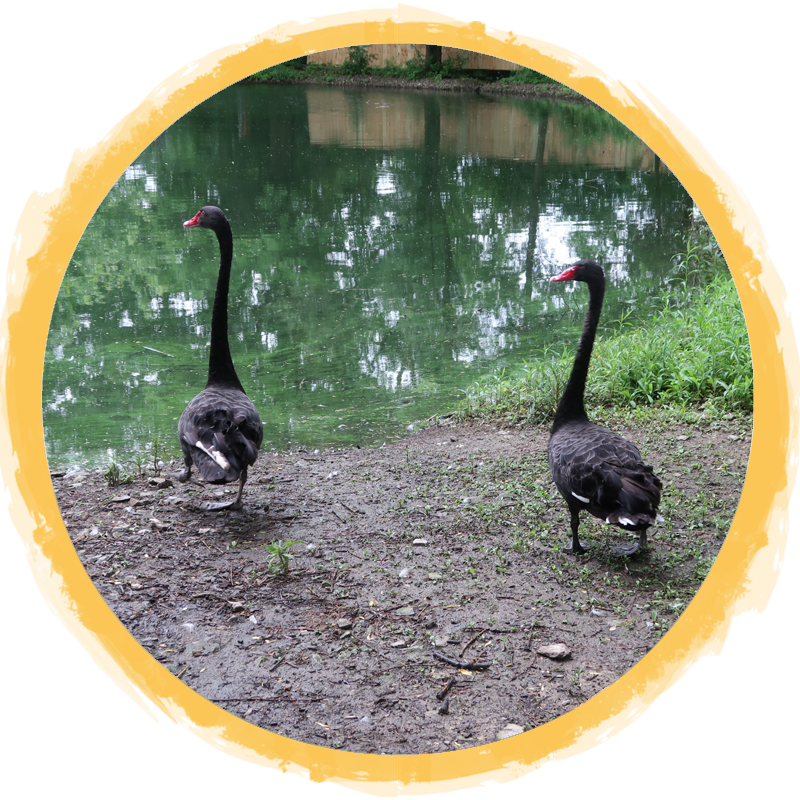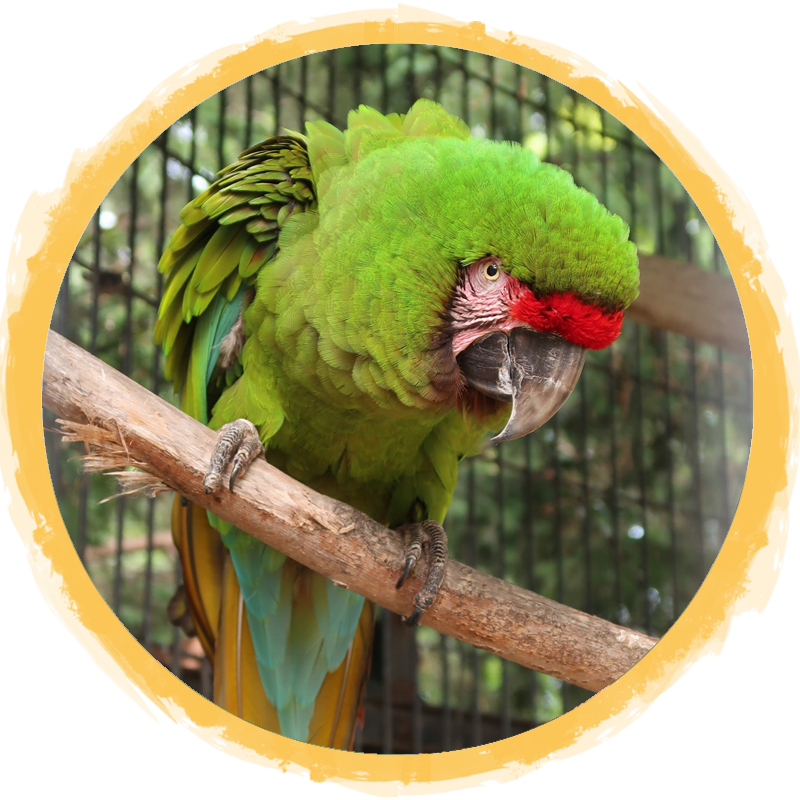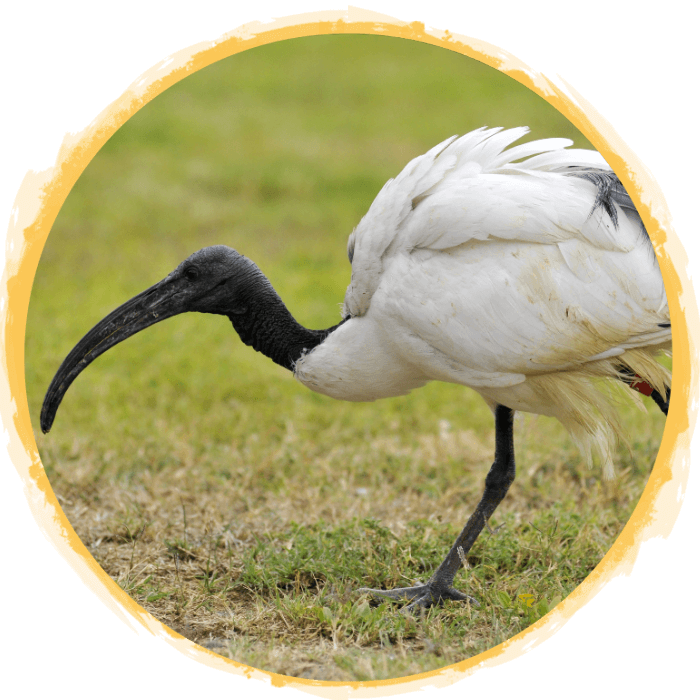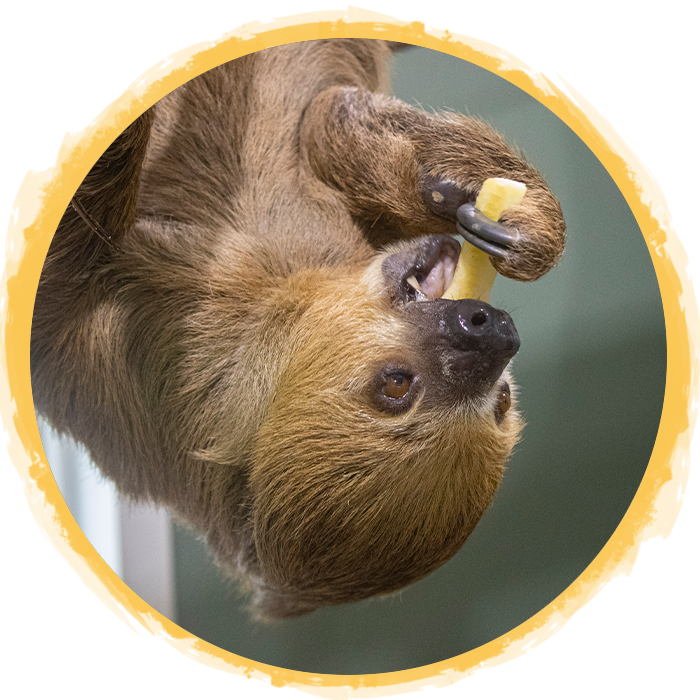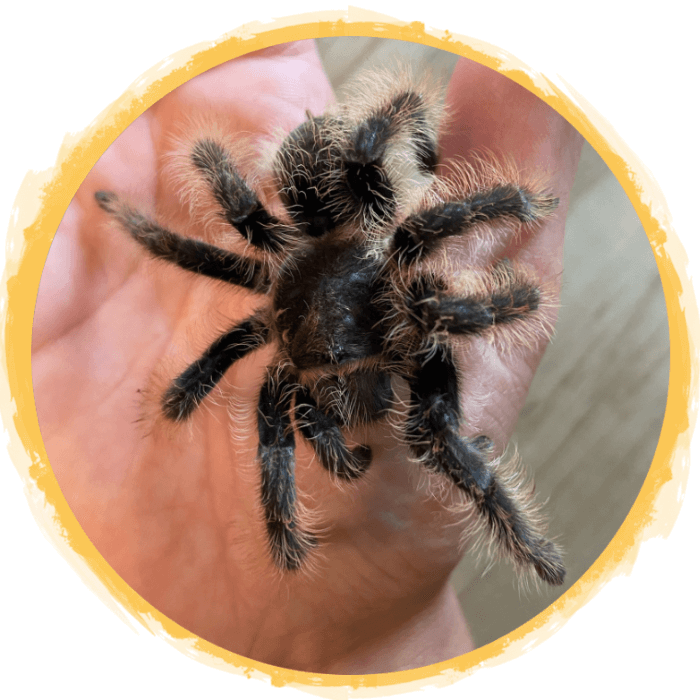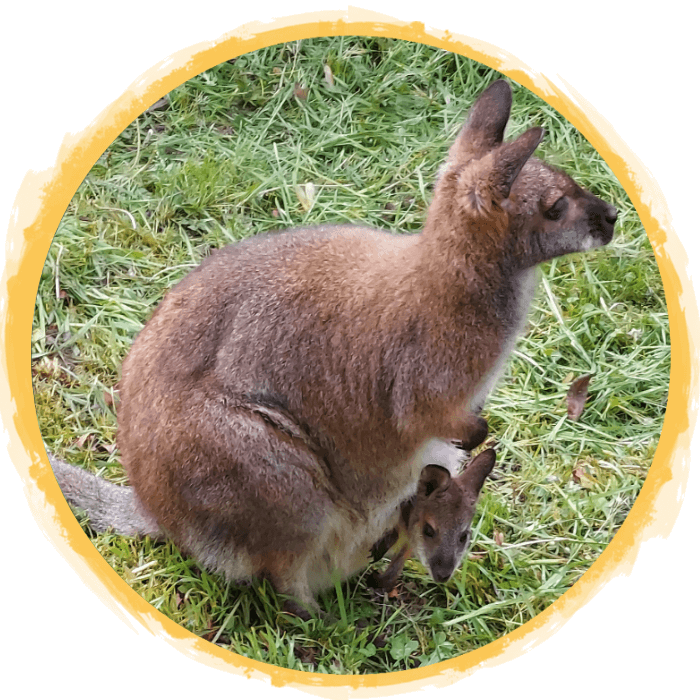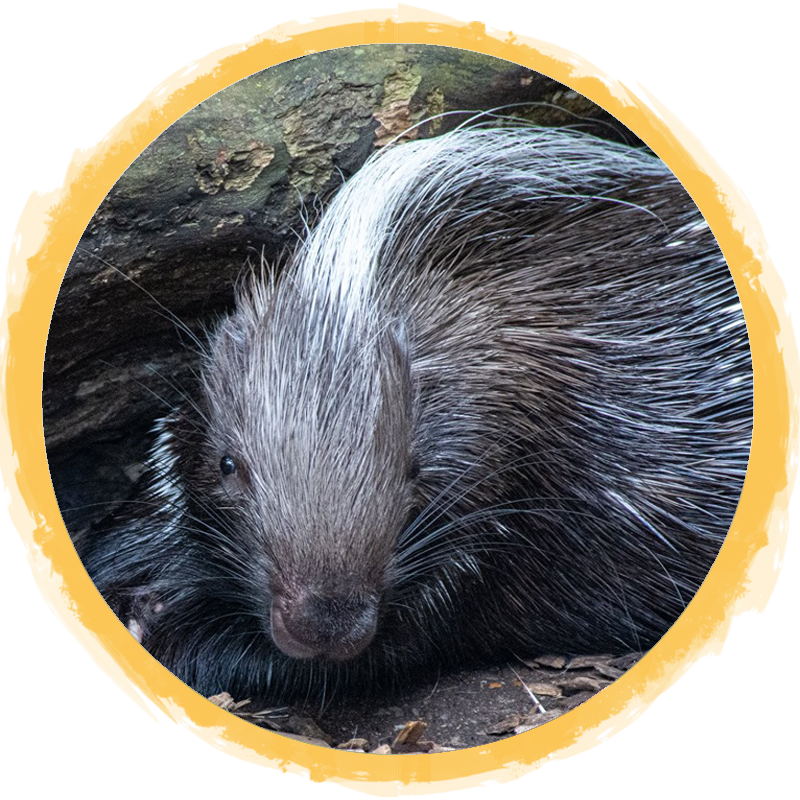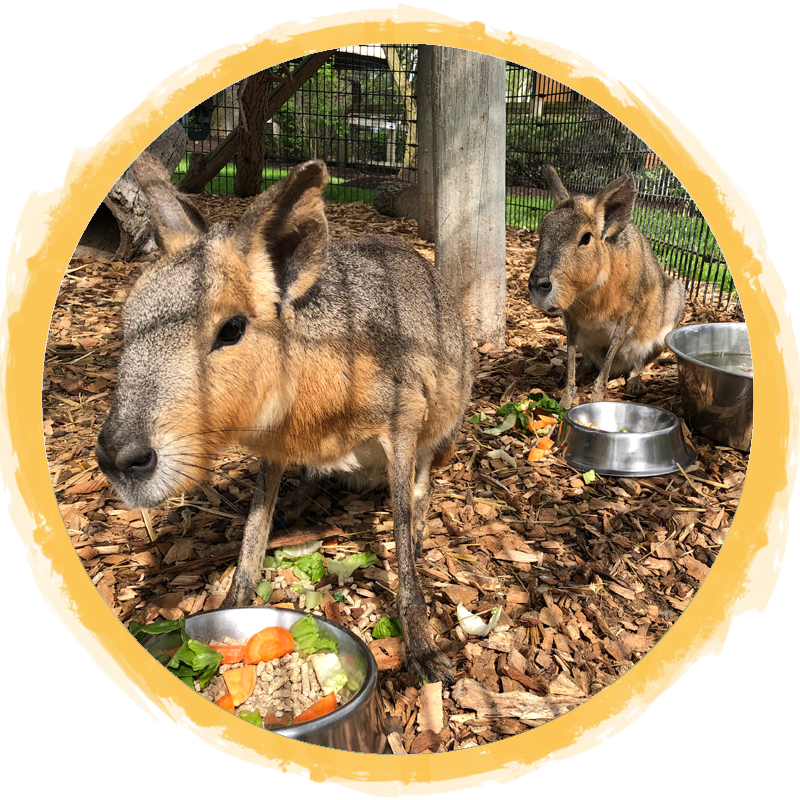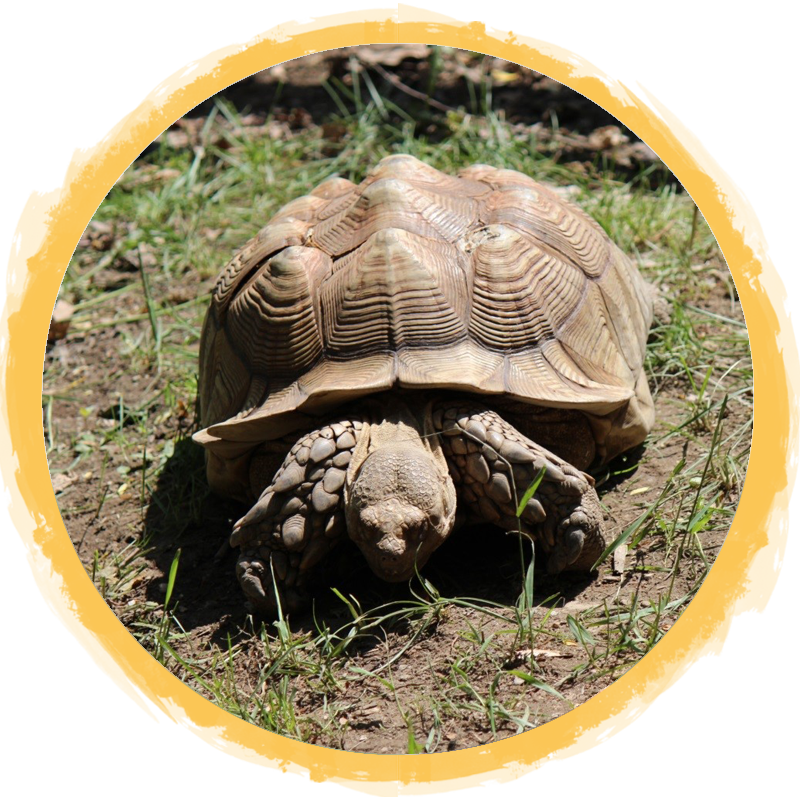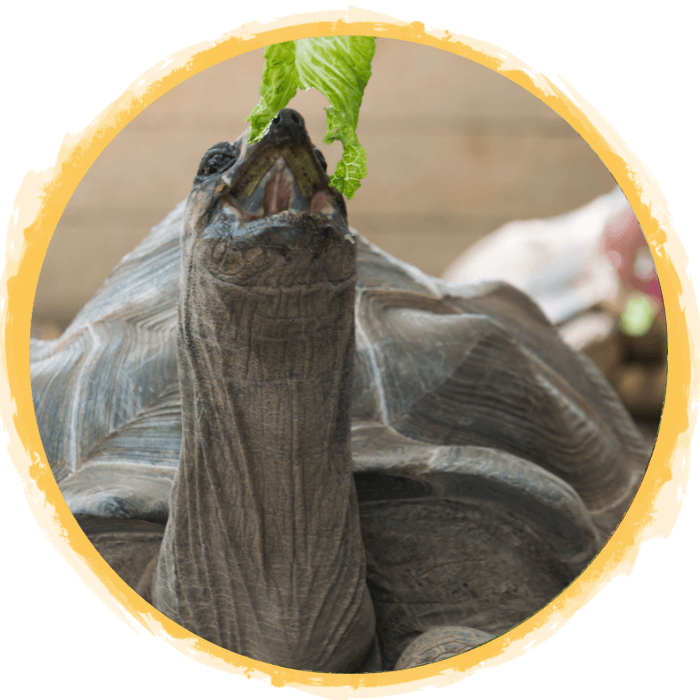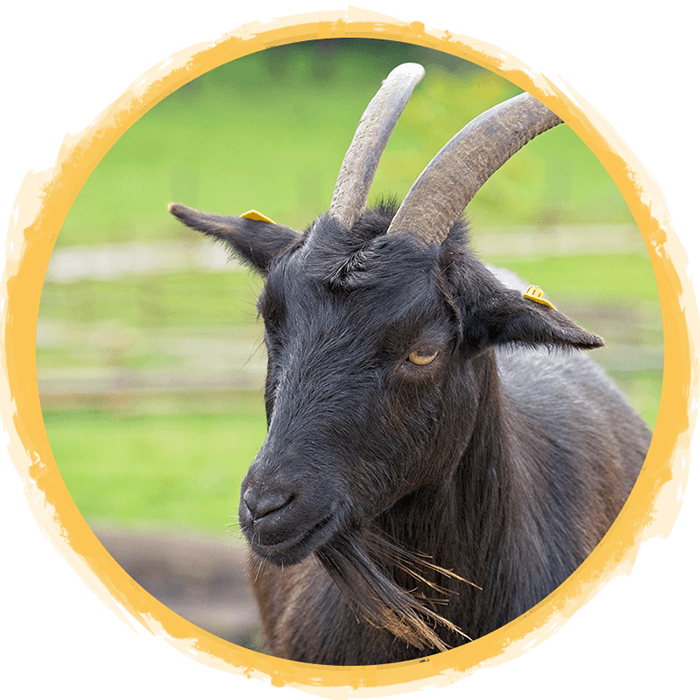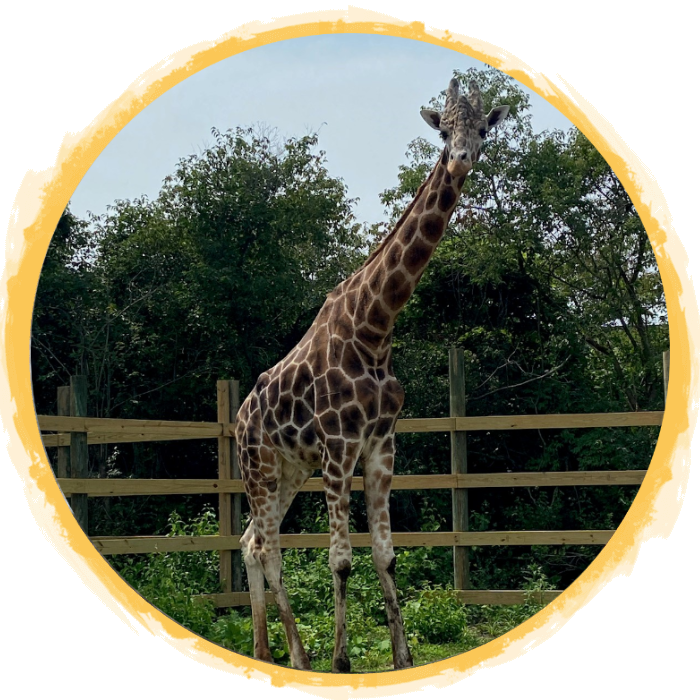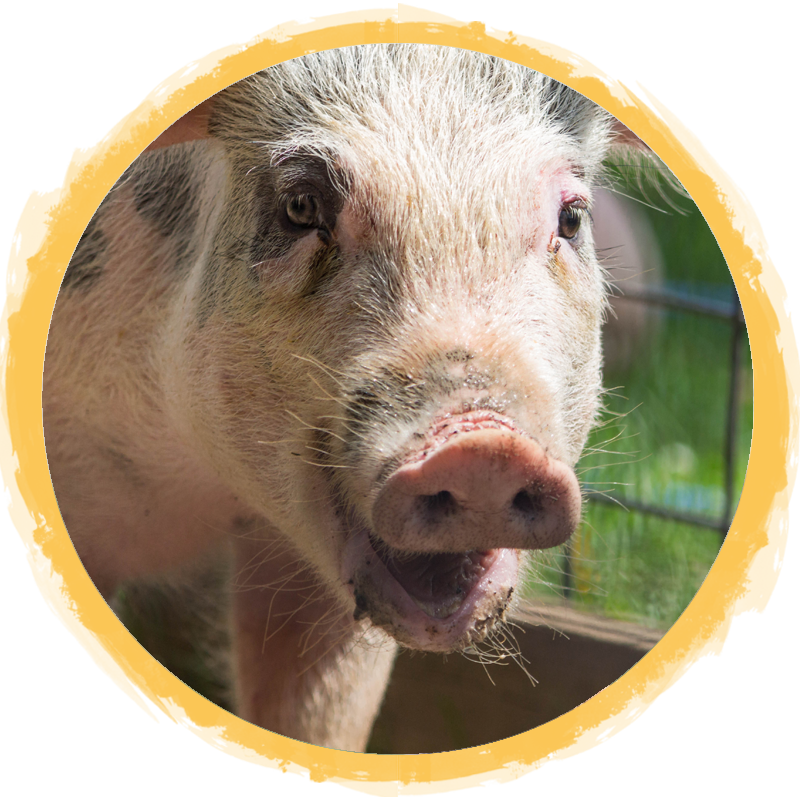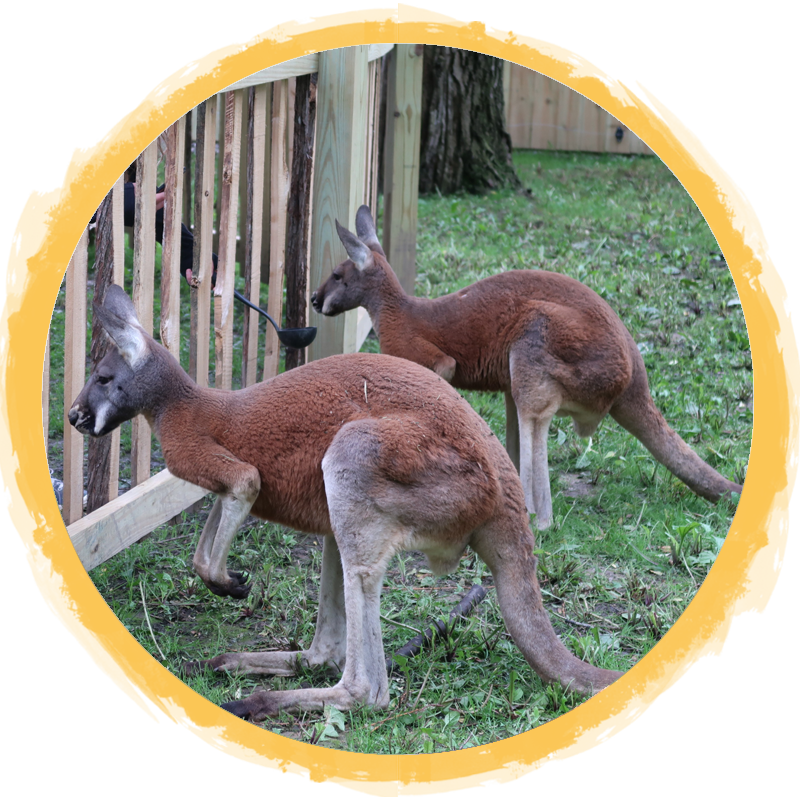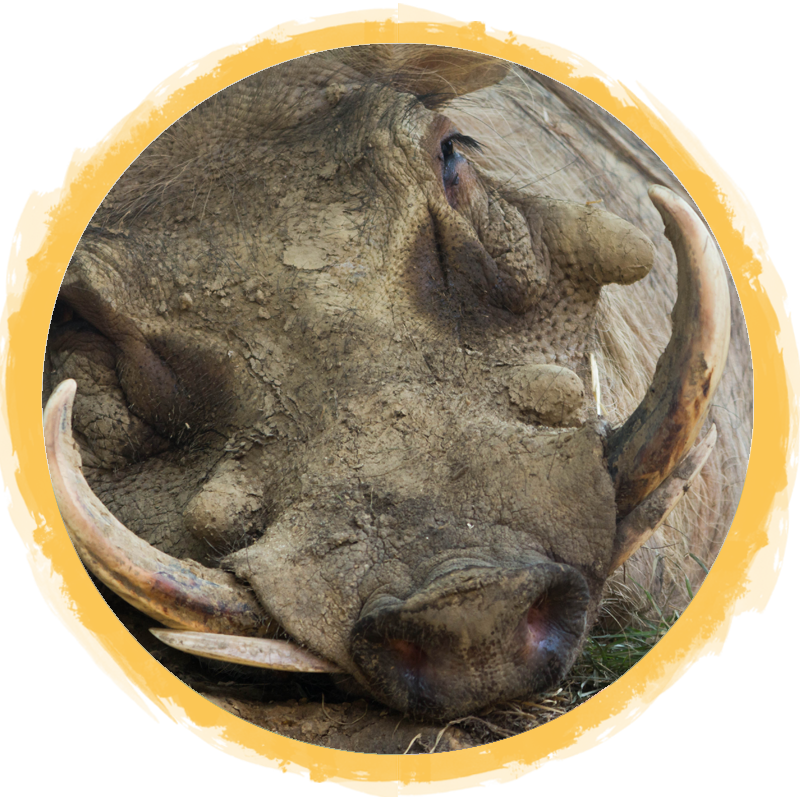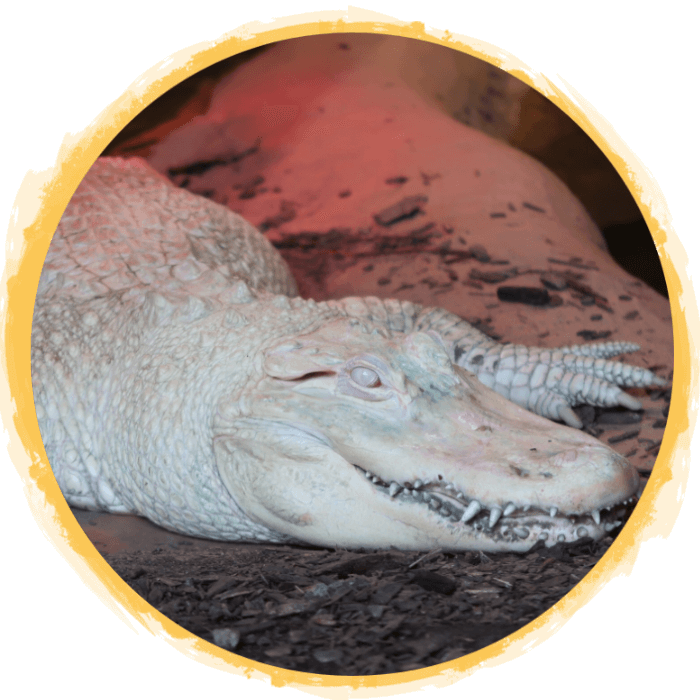(Dromaius novaehollandiae)
The Emu belongs to a family of flightless running birds known as ratites, the most primitive of the modern bird families. The ratite family includes the kiwi, ostrich, cassowary, and rhea, all birds found only in the Southern Hemisphere. Emu and Cassowary are endemic to Australia, which means, in the wild, they can only be found in one place.
The Emu is the second-largest living bird in the world (the ostrich is the largest). Adult female Emus are larger and heavier than the males. Emu can reach speeds of 31 mph when sprinting. Emus have strong legs which in addition to letting them run fast, allows them to jump 7 feet straight up. They have good eyesight, agility and are good swimmers, these traits allow them to evade danger.
The Emu dad is the main caregiver of the young. Male emus prepare the nest for the eggs and the female is only responsible for laying the eggs, the male sits on the nest until they hatch. Dad stays with the chicks for 18 months, protects them, and teaches them about life. When hatched, chicks have a brown and cream striped pattern.
Emu’s lay 5 to 15 green eggs, they are similar in size and color to an avocado.
Emu’s make deep booming, drumming and grunting sounds. They also hiss at things that frighten them. Emu migrations are based on rainfall and they follow rain clouds to find water.
Emu are now primarily farmed for their meat, oil, feathers, and leather with commercial farming beginning in Western Australia around 1970.
Meet the two Female Emu of African Safari Wildlife Park: Thing 1 and Thing 2!
Fast Facts
Country of Origin: Australia
Weight: 66 to 121 lbs
Size: Between 4.9 to 6.2 feet tall
Lifespan: 10-20 years in the wild, up to 35 years in captivity
Diet: An Emu's diet is based on seasonal availability with plants such as acacia and grasses. Emu will also eat insects such as grasshoppers, beetles, spiders, and more for protein.

